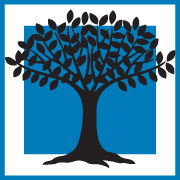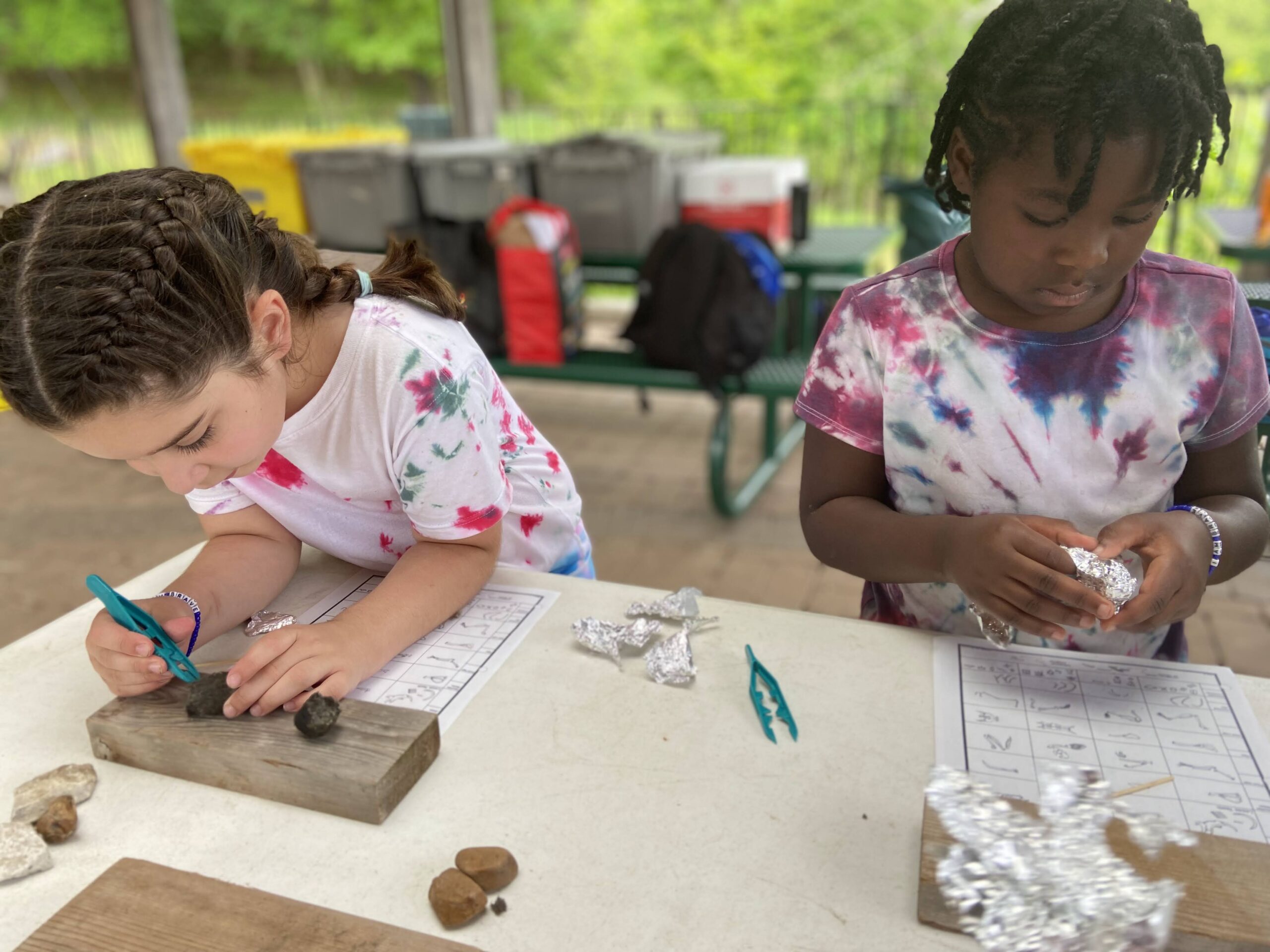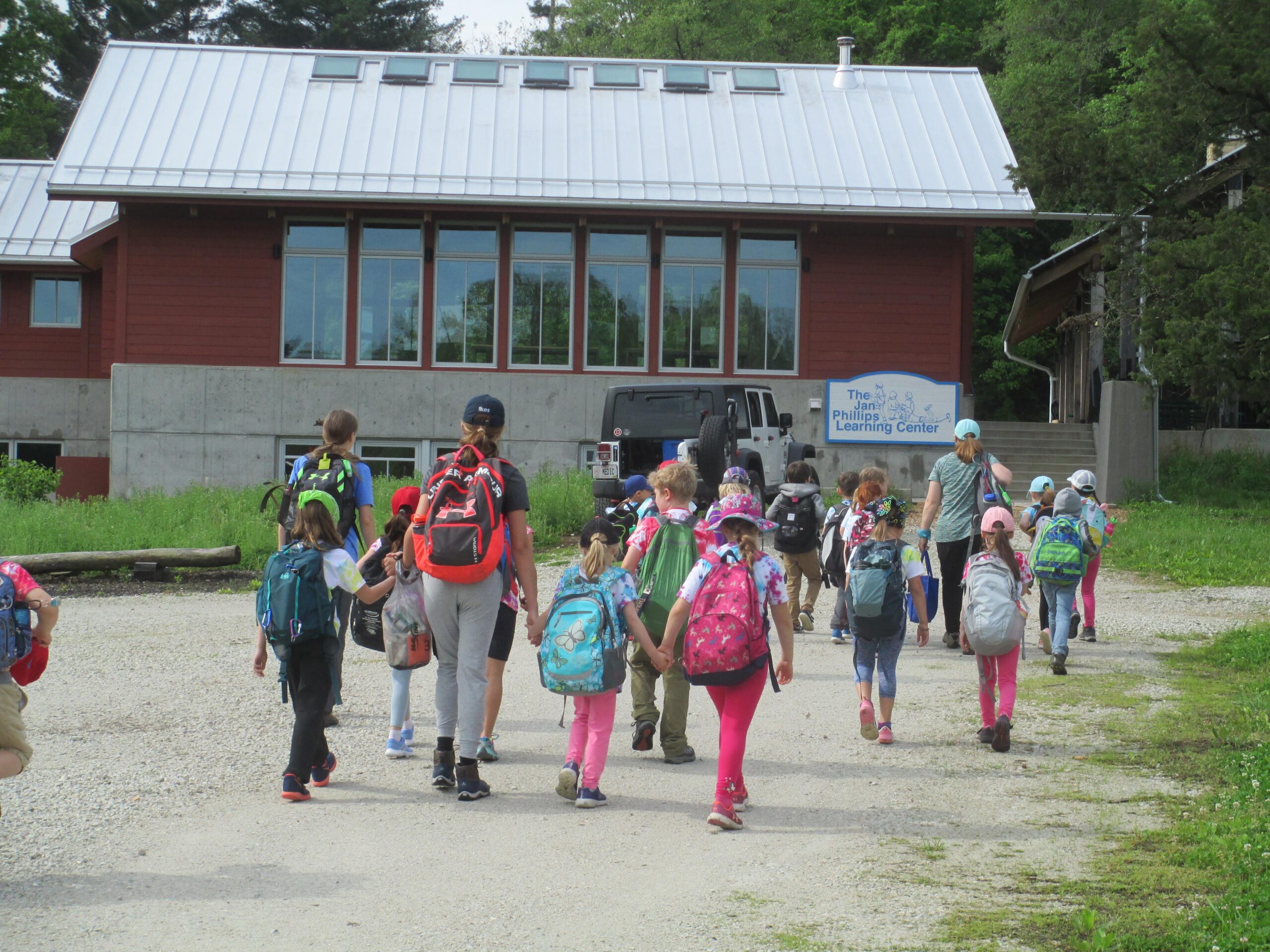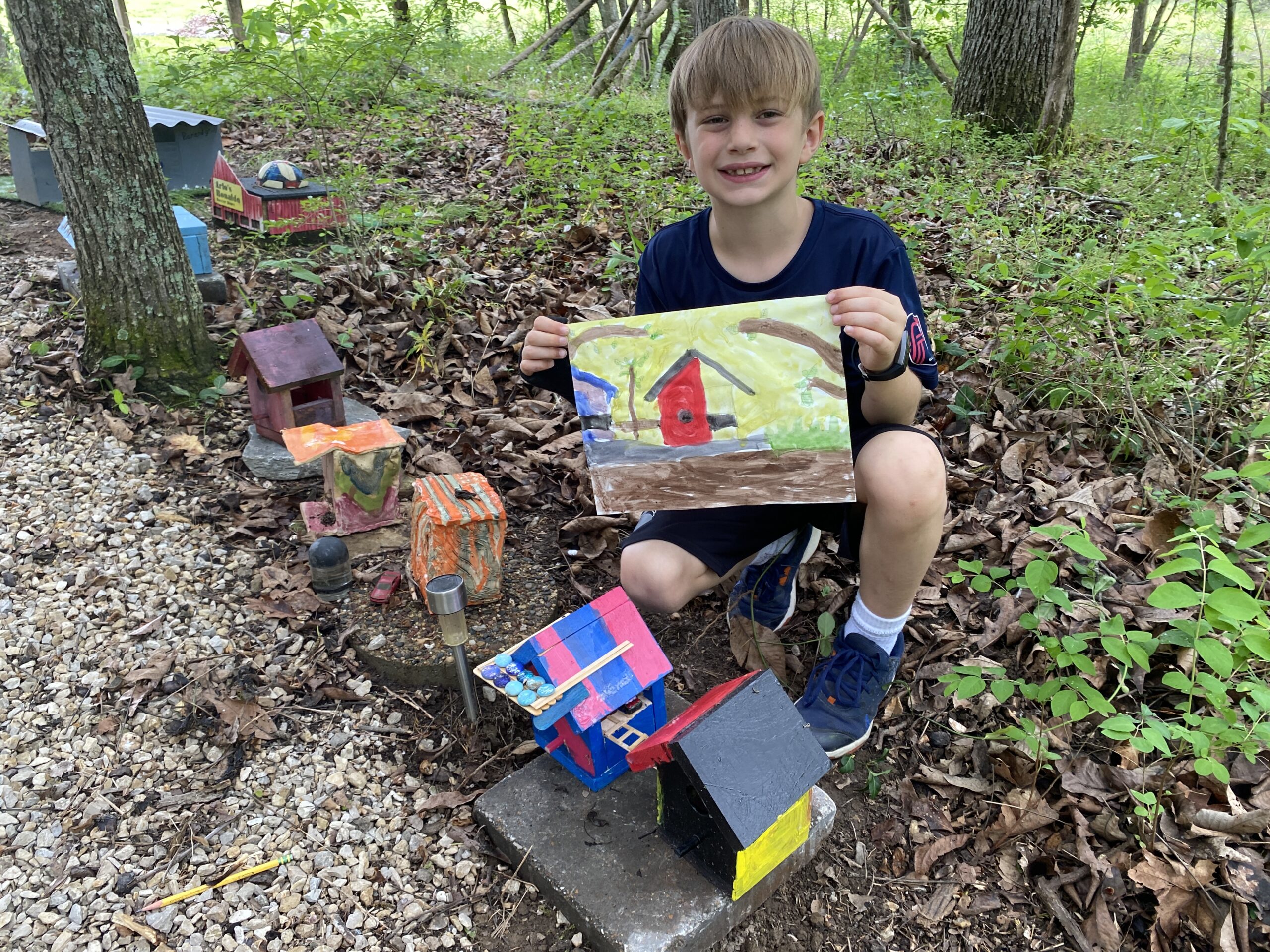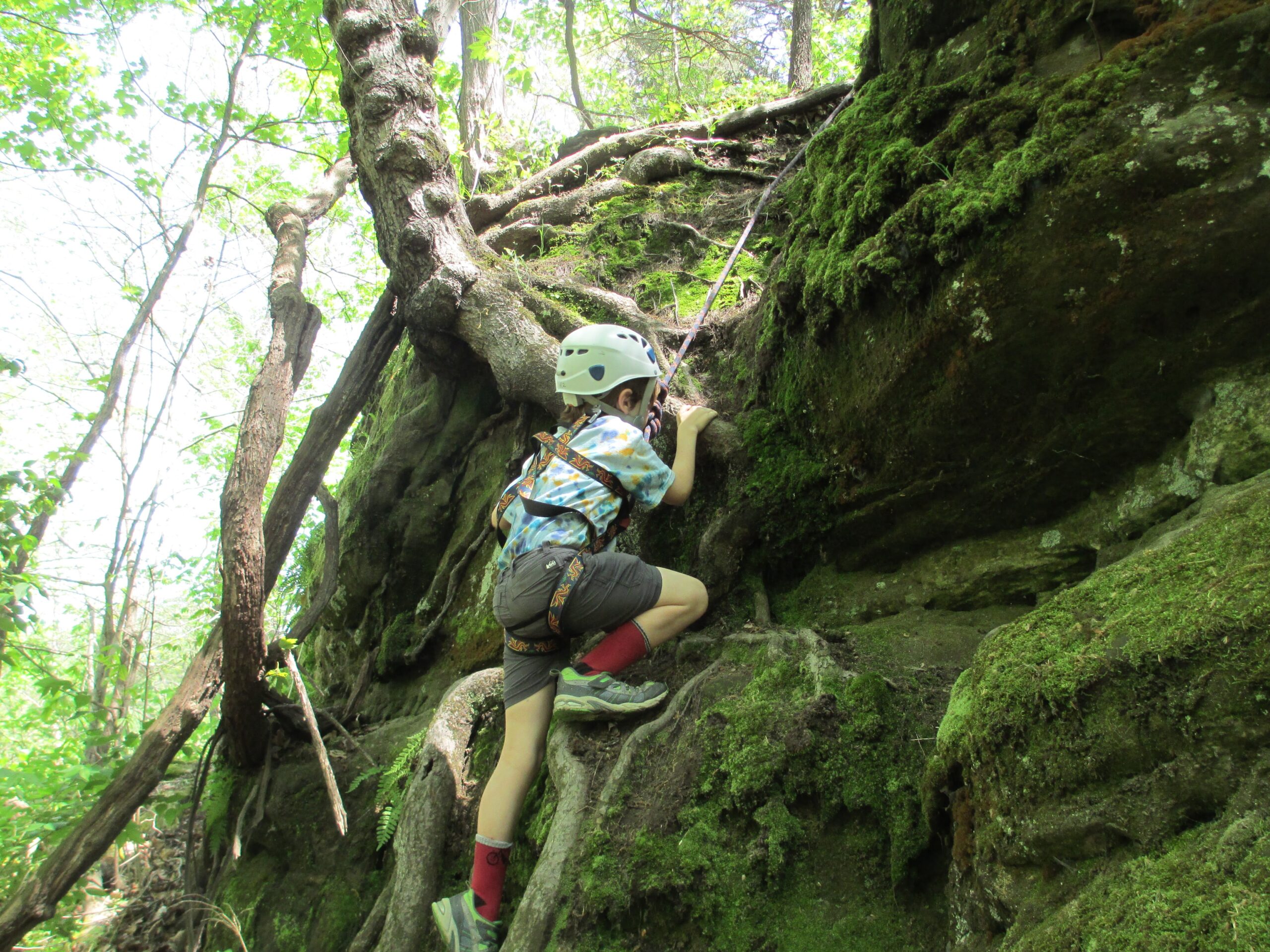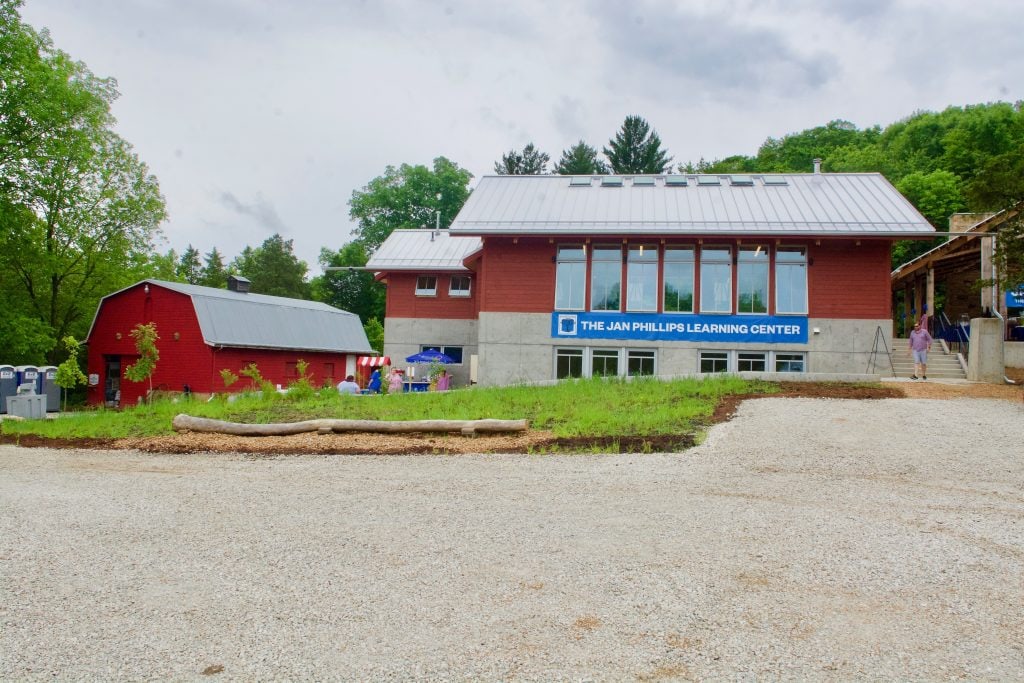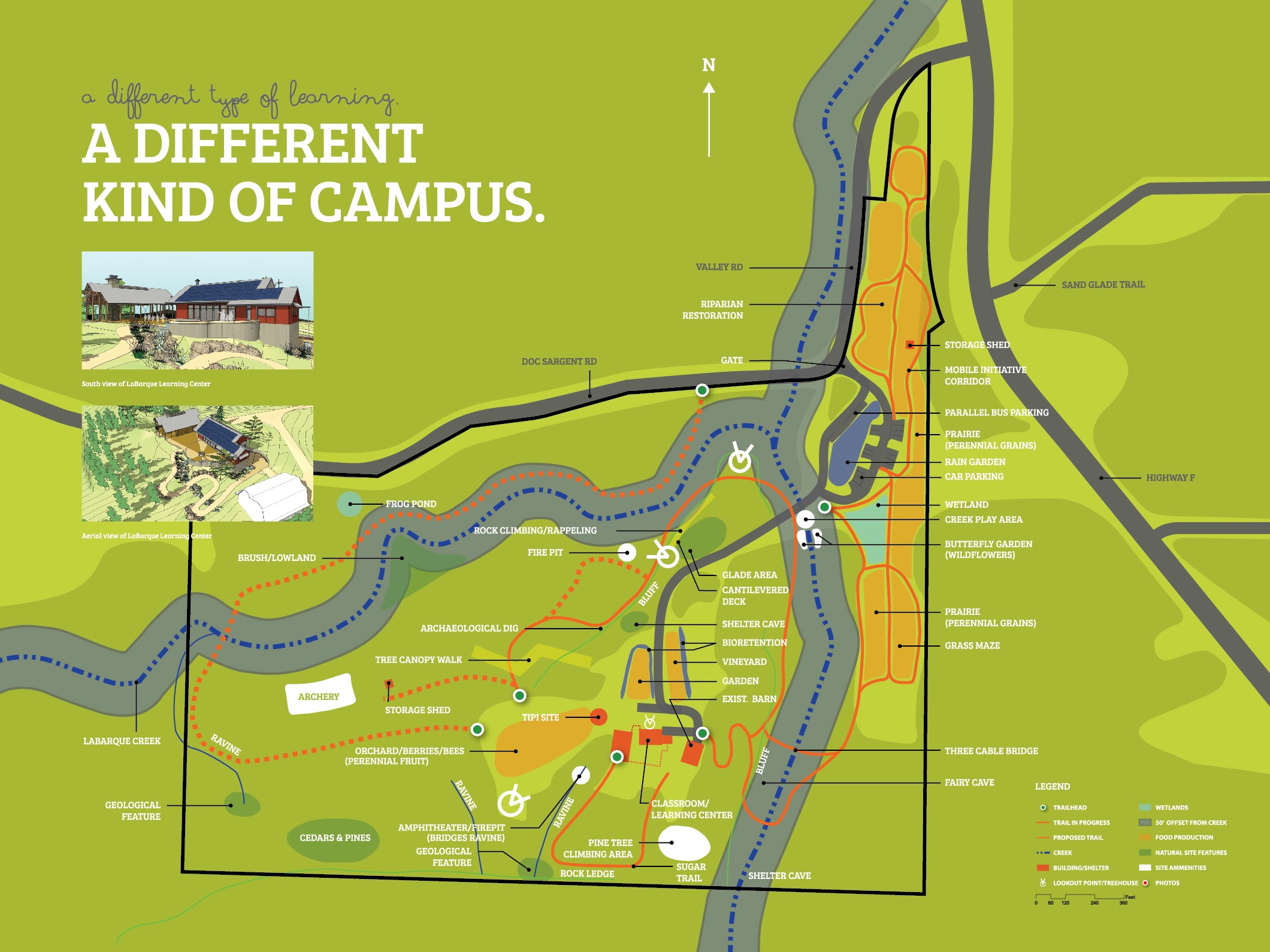One School. Two Campuses.
Our experiential education program cannot be contained by one campus. Lessons traverse and connect between our suburban Webster Groves campus and our pristine 28-acre outdoor LaBarque Campus in Pacific, MO.
How does our LaBarque Campus benefit our students?
Our 28-acre outdoor property offer hands-on opportunities for science exploration and inquiry. The natural setting at the LaBarque Campus allows a more intimate and familiar connection to the science of the land: observations can be made over time, changing seasons can be experienced, and trends can be tracked. With a two climbing trees, hiking trails, and a rock rappel station at the LaBarque Campus, adventure education teaches students they can do more than they initially believe–a powerful lesson.
Throughout the year, all grades take advantage of the abundant learning opportunities. Students hop on one of our four buses and travel to LaBarque for day and overnight trips. Below are just a few ways some of our grades connect their classroom learning at LaBarque.
First graders connect their Food Theme to the maple trees on the campus, visiting the property to tap trees, collect sap, and learn the science behind how to make maple syrup.
Third graders grow and change their model community, River City, on site. Through their year-long community theme, students study urban planning and financial literacy, utilizing LaBarque as the perfect backdrop for place-based learning.
Middle School students visit the campus as part of their Mapping theme. In preparation for their multi-page research paper, they become field cartographers and historians, studying map conventions and designs while learning information about land and development.
Jan Phillips Learning Center
The Jan Phillips Learning Center on our LaBarque Campus is designed to connect people with nature and advocate a sustainability ethic for our region. This 6,550 square foot complex promotes The College School’s long held values of conservation and sustainability and serves as a regional headquarters for sustainable conversations, learning, and inspiration.

